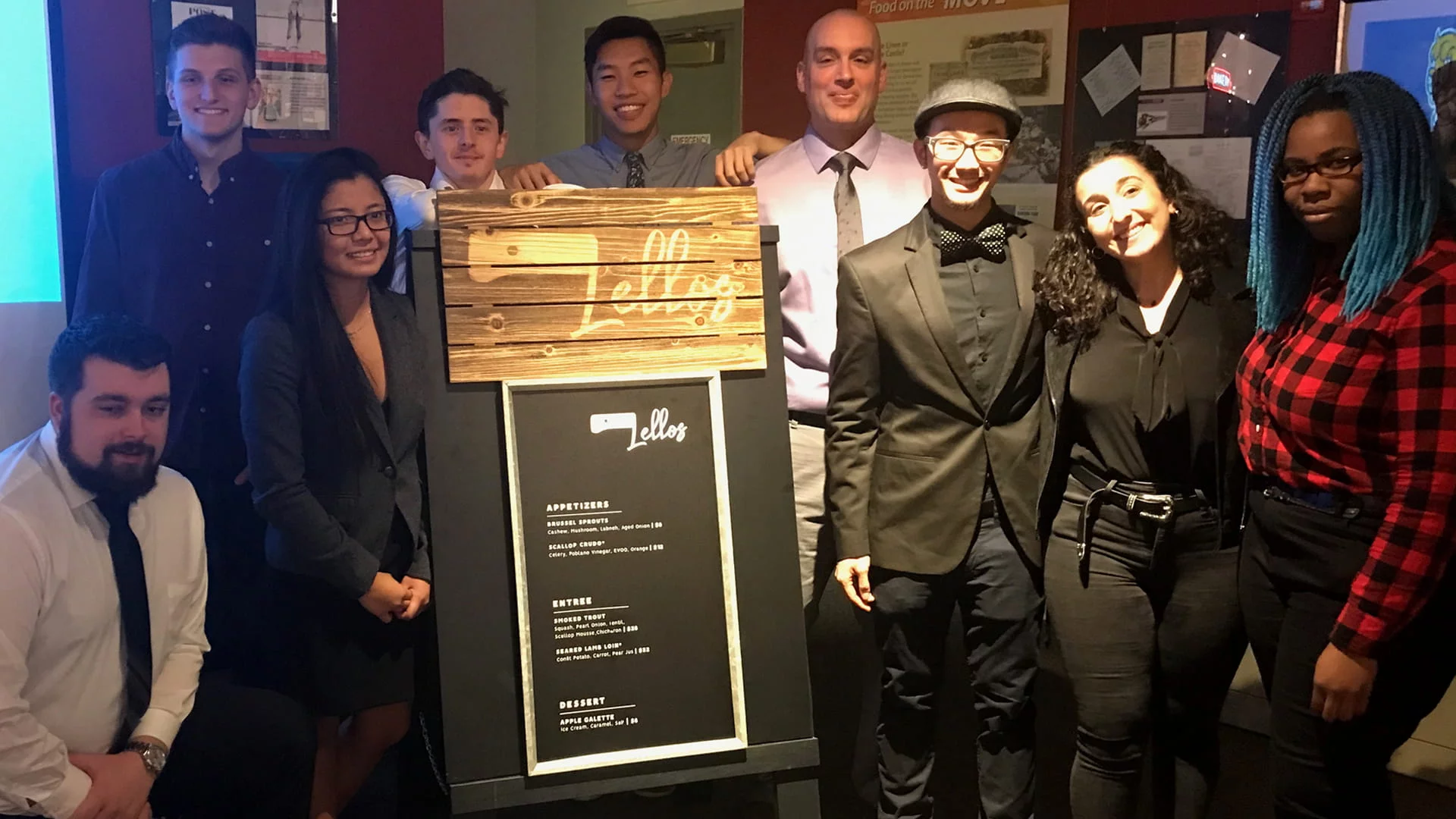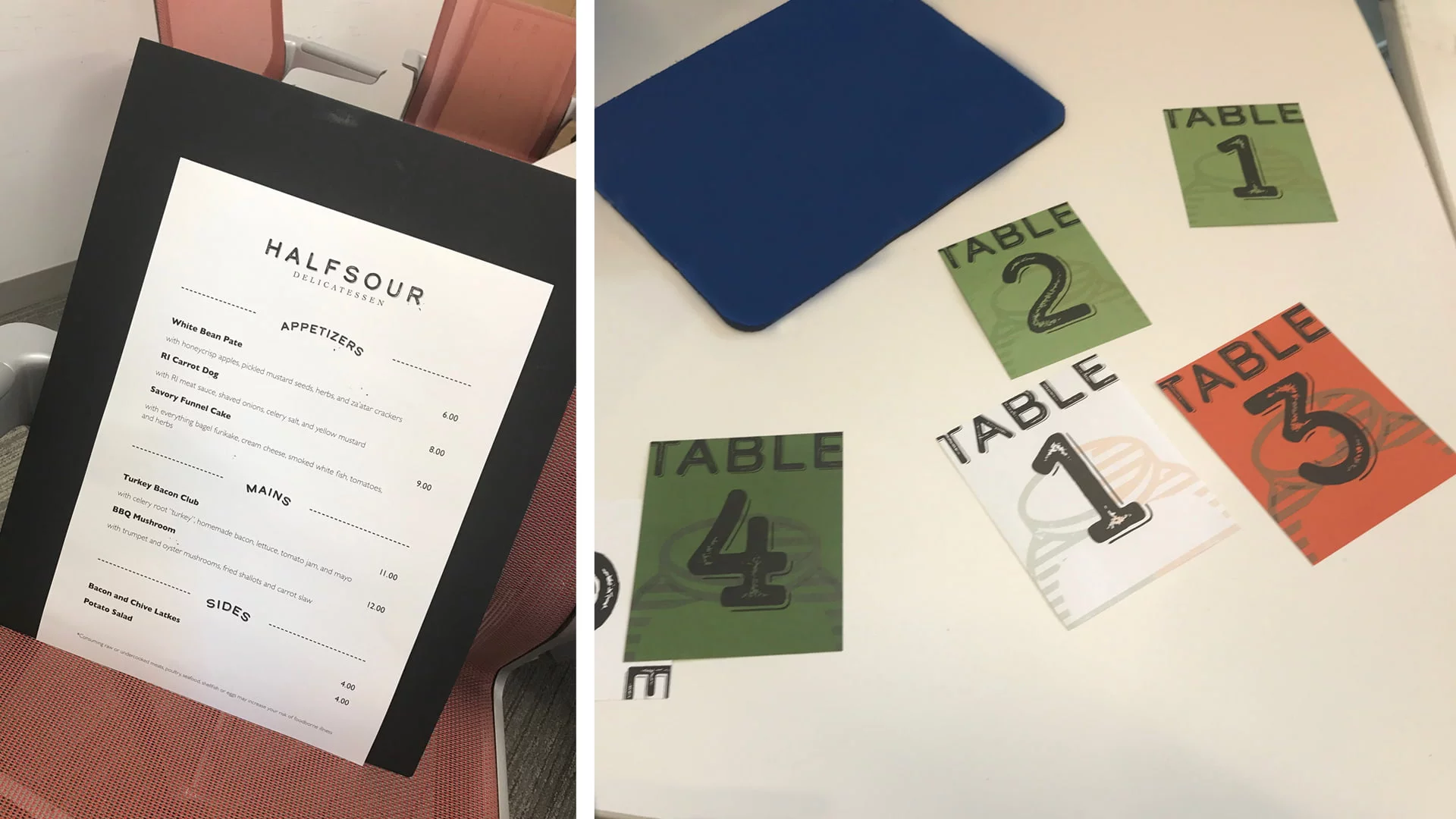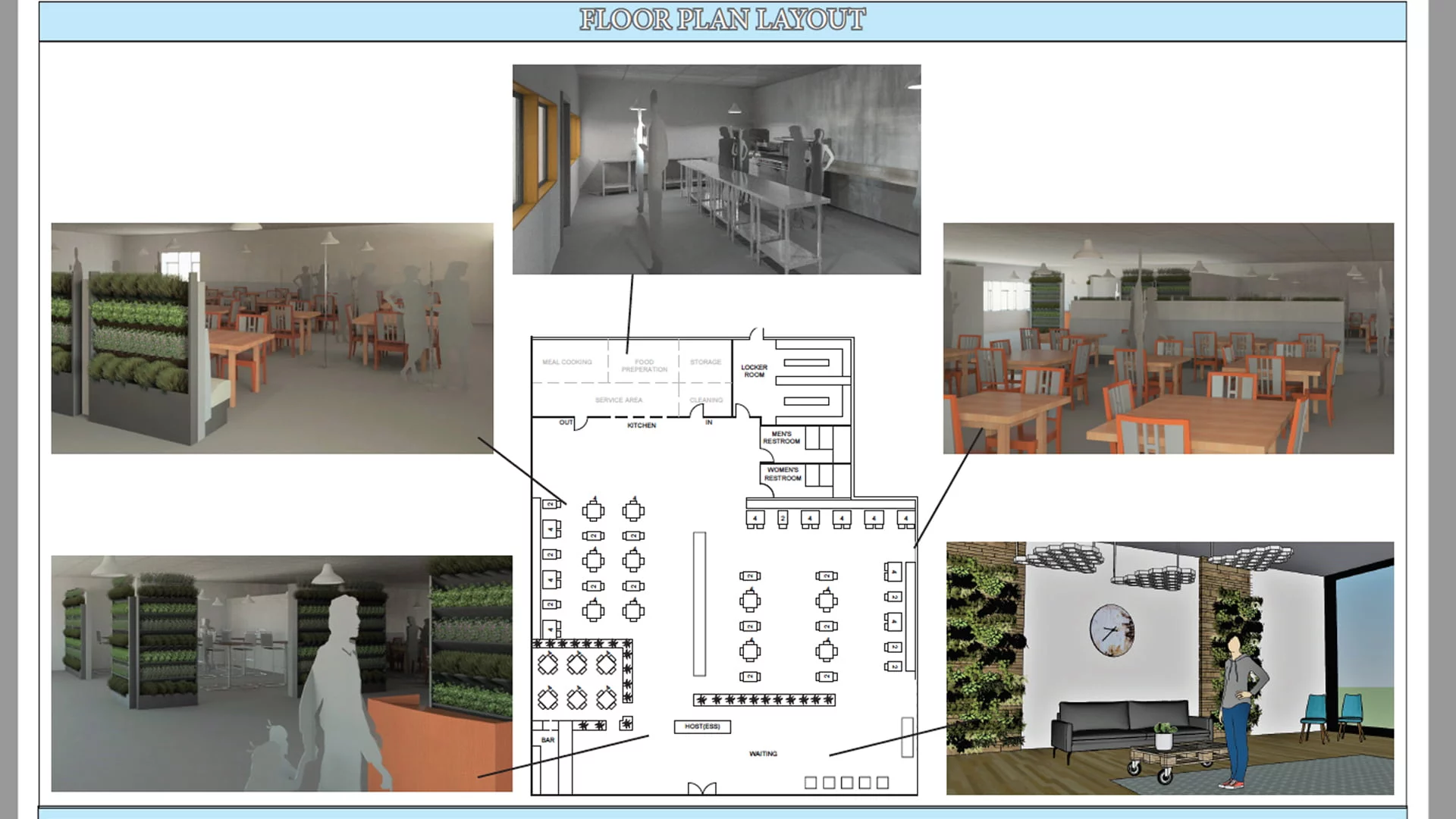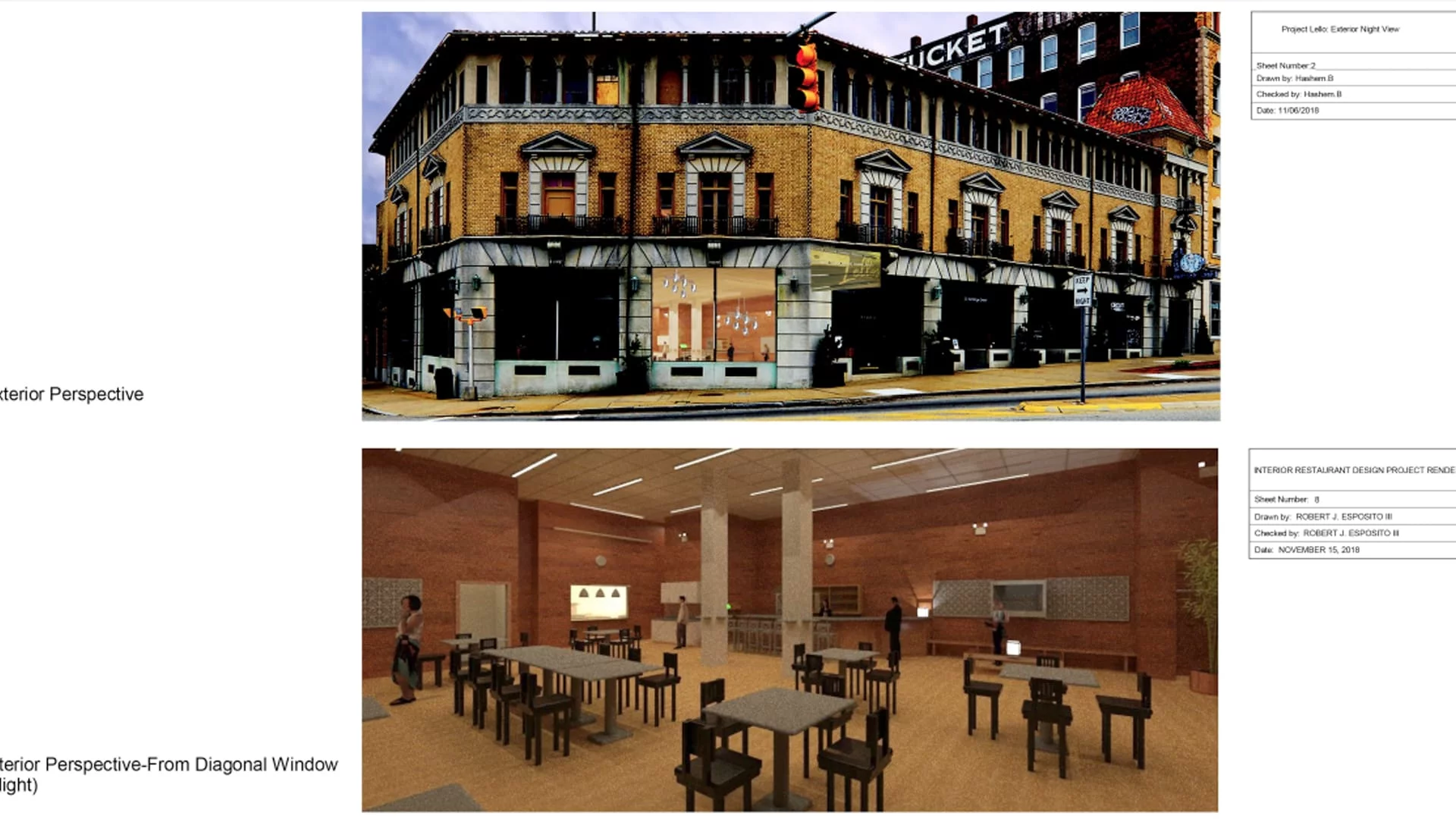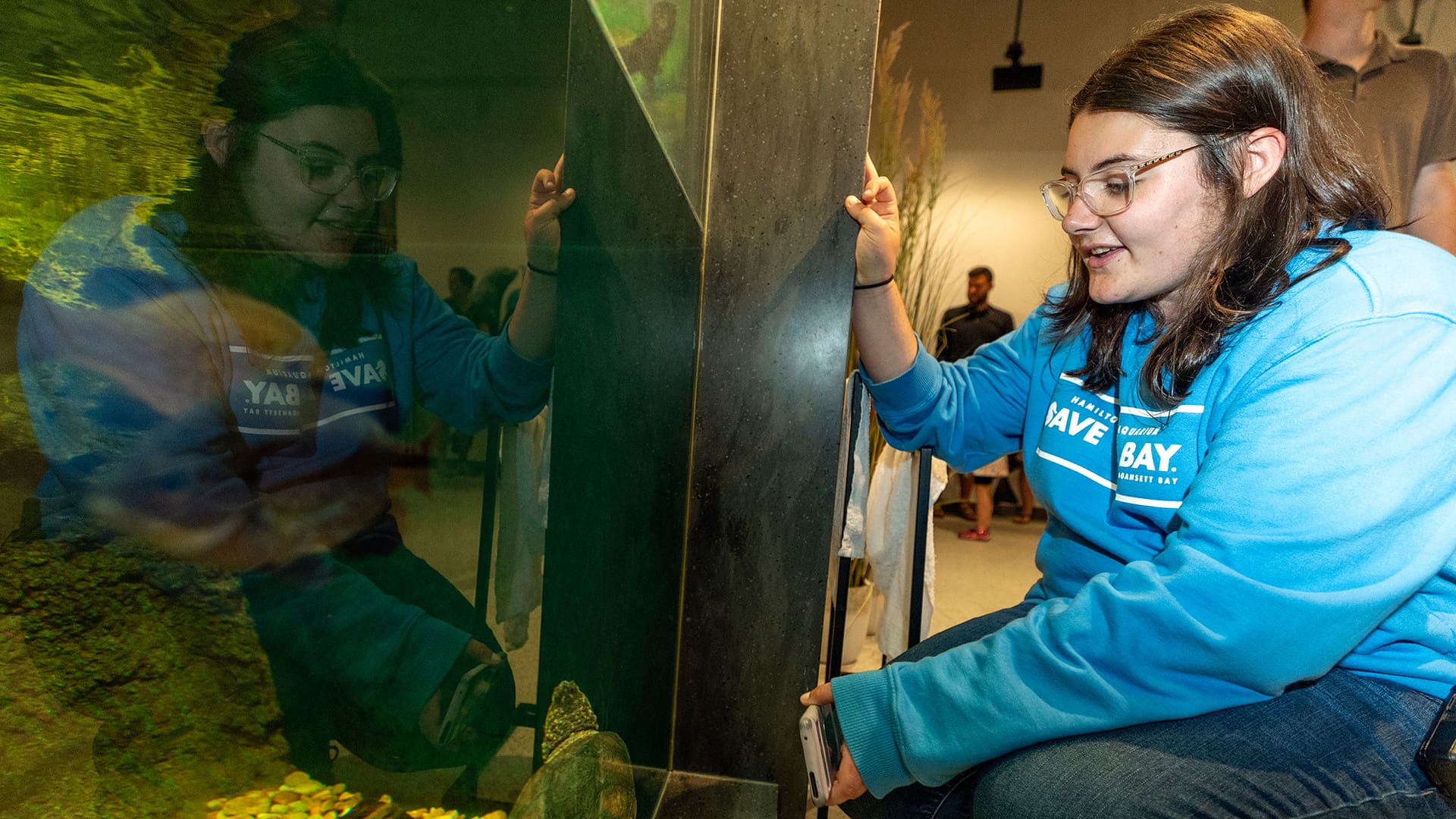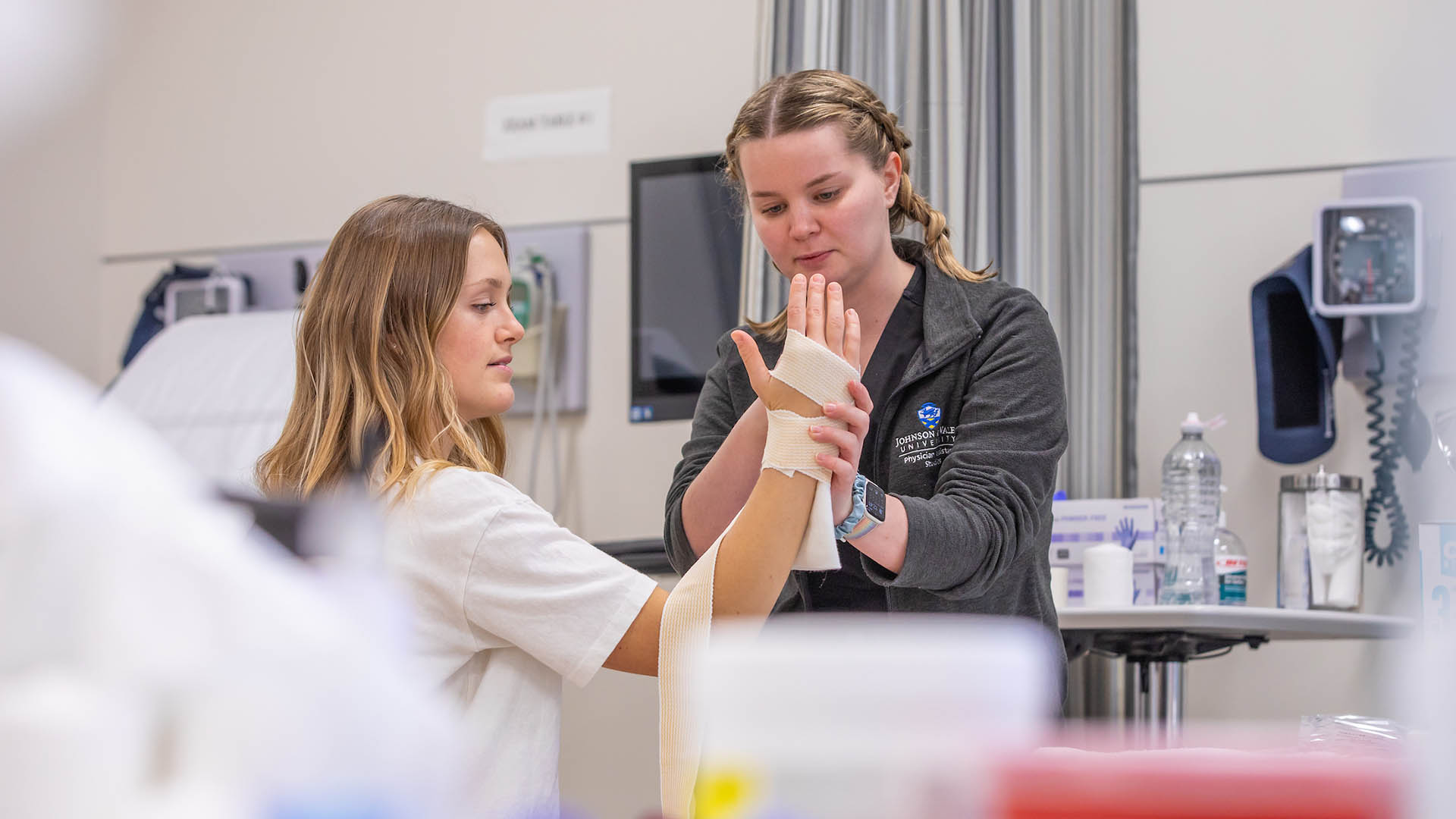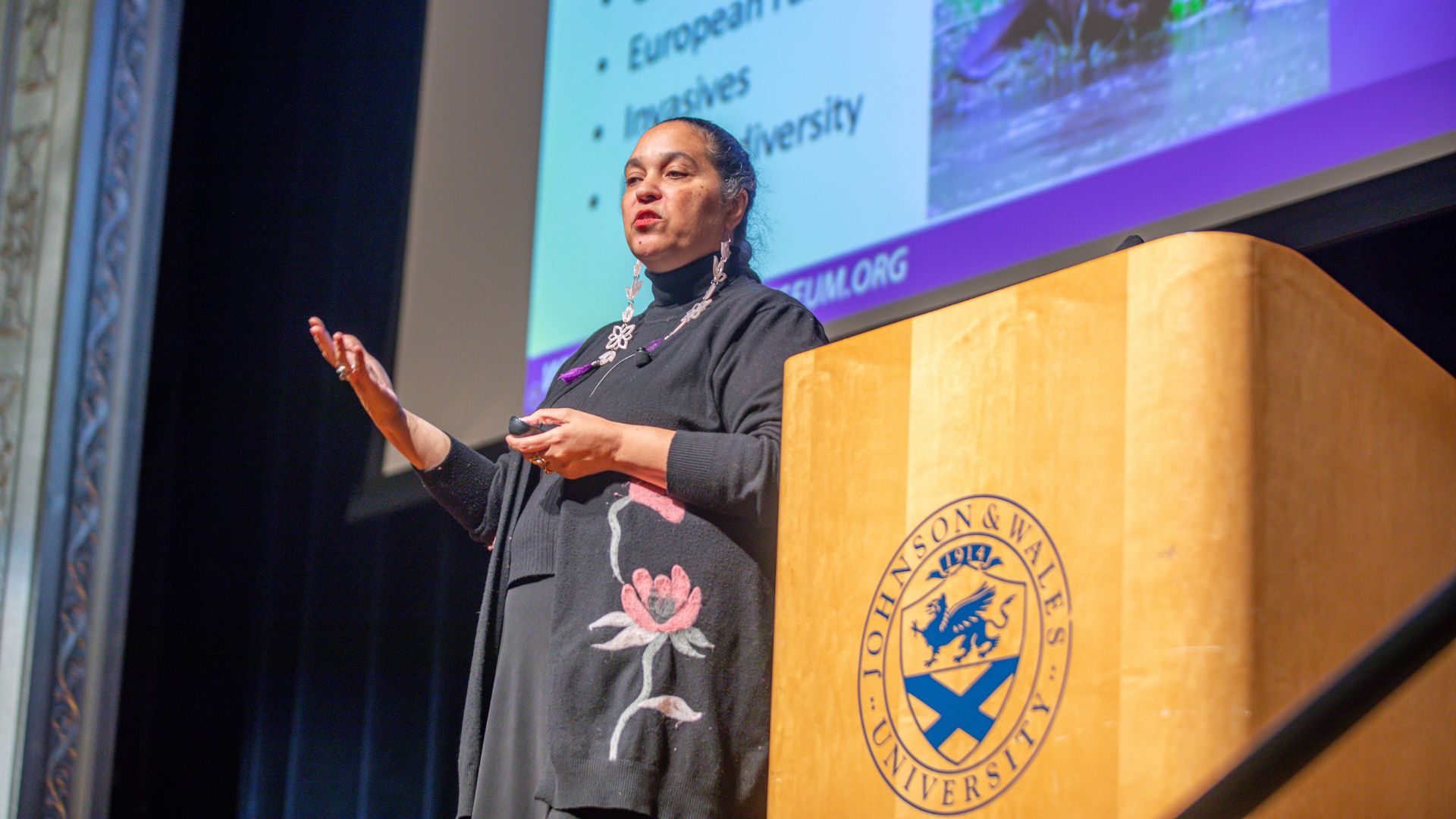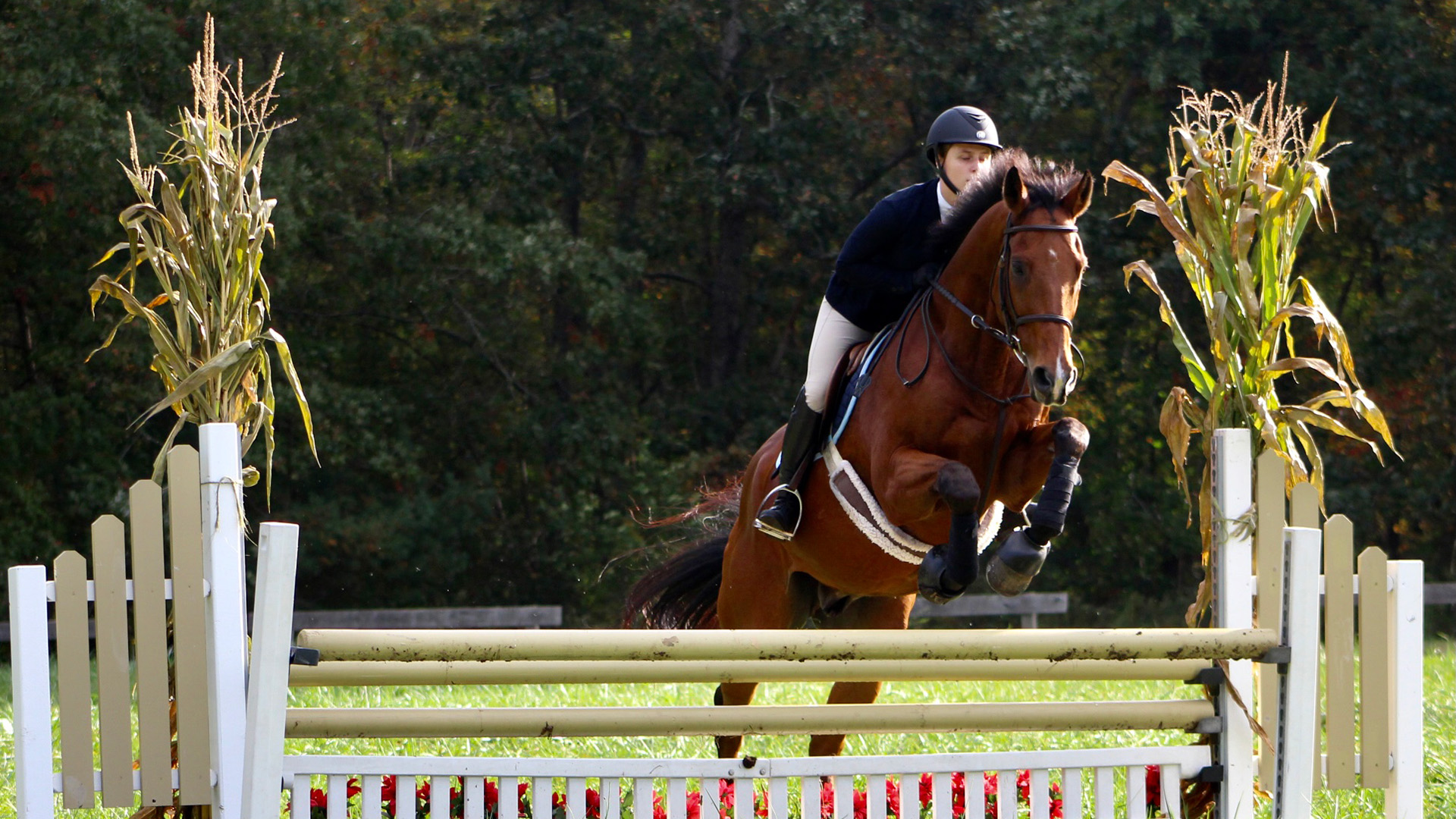JWU Students Collaborate to Design a Better Restaurant Experience
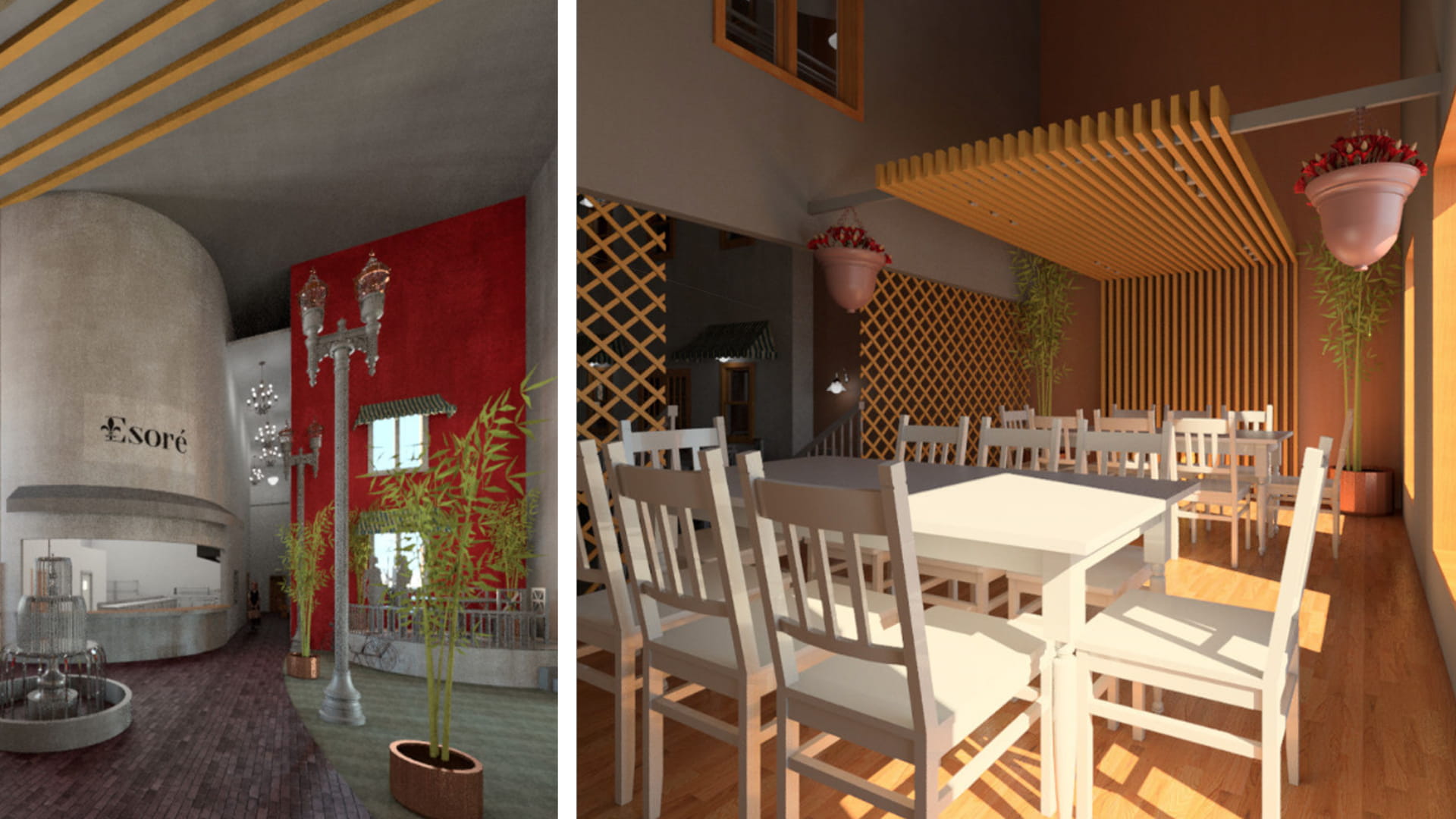
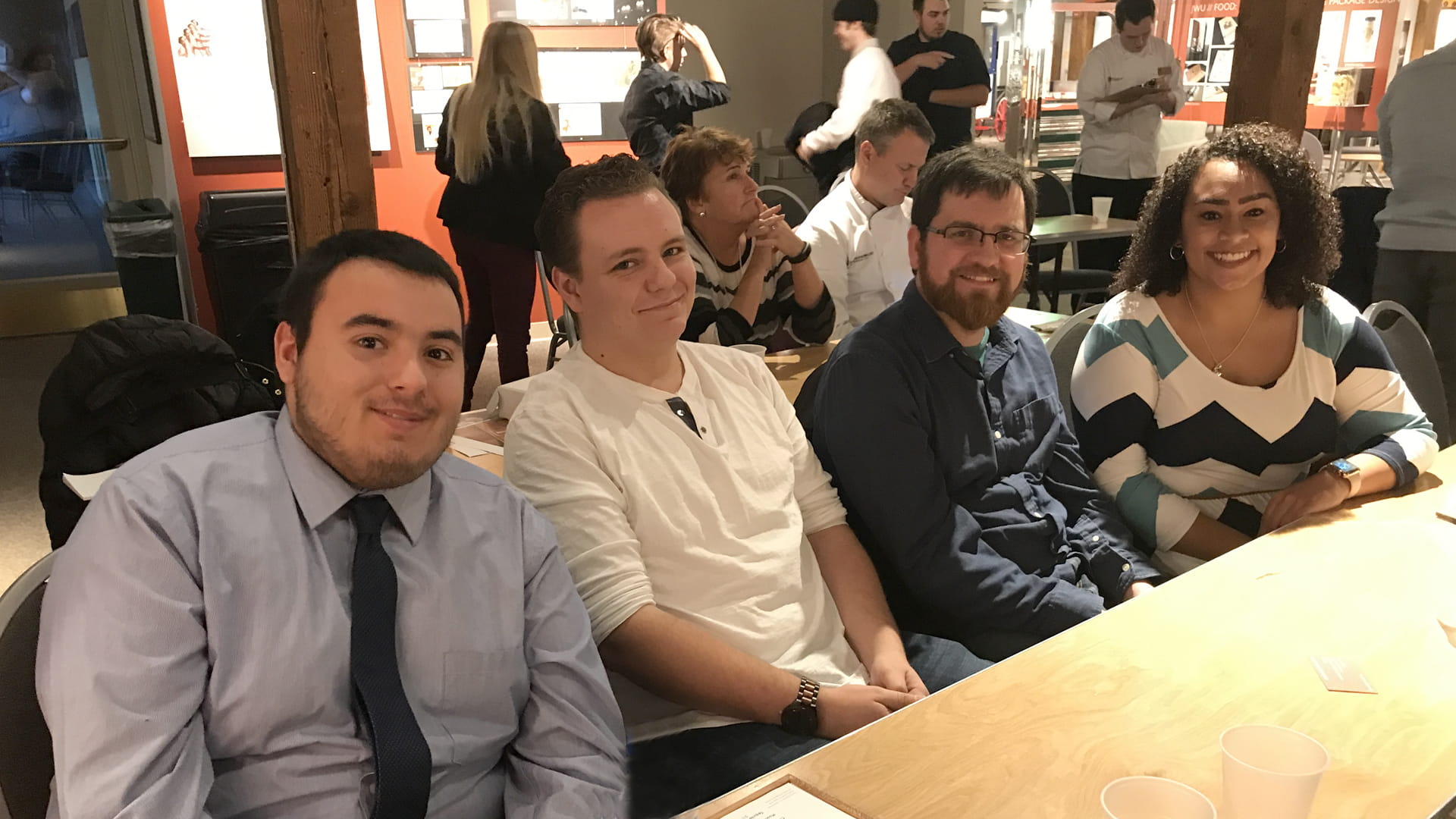
“Our students welcomed this collaboration with open arms,” says Chef Rizwan Ahmed, a culinary instructor with JWU’s College of Culinary Arts who teaches The Professional Kitchen. “Once the groups and concepts were established, the line of communication was seamless. To see how our student’s concepts moved from ideas on paper to actual graphics and design, proved this collaboration to be a success.”
Walter Zesk, assistant professor in the College of Engineering & Design, agrees. “I think [the collaboration] was done in a really productive structure,” he says. “The purpose of the class was to require students to really get to the end of a product, and also to manage the complexities of dealing with different people and different clients.”
"This is what we feel can differentiate our major from other design programs."
Zesk adds that for experience design students, one of the best parts of the collaboration was the ability to interact with real clients and get their feedback in real time. “This is what we feel can differentiate our major from other design programs.”
The students, 77 in total, worked to identify and select potential restaurant locations in Rhode Island (either existing restaurants or vacant buildings). Then they visited the venues to take physical measurements of the space to design their restaurant concept specifically to that space.
Putting It All Together
At the end of the 11 weeks, the groups presented their final ideas to a panel of five investor-judges detailing their business proposals, graphically designed marketing collateral and space plans designed to enhance the customer experience. The project also required that the groups host a soft opening as well as a grand opening of the restaurants, to showcase the cuisine and design work. The concepts were presented under the following names: Half Sour, Hiraeth, Lellos, Passion, Oceanum and Esoré.
“First impressions matter,” says Ahmed. “In this day and age the successful exchange of information and ideas between parties is of extreme importance for a business venture to gain traction. The deliverables by the design teams in this class showed our students the importance of creativity and branding. Without creative visuals it’s extremely difficult to pitch an idea. These visuals helped make our students business plans more viable to potential investors.”
"First impressions matter."
According to Ahmed, judges looked for the following when evaluating the restaurant concepts:
- Proof of concept: Did the teams have a solid business proposal in relationship to market trends and industry analysis?
- Proof of collaboration outside of the course: What was the use of design teams’ portfolio in terms of concept and its benefits to the overall plan?
- Oral presentation: Did the teams market themselves to entice the audience?
- Return on investment (ROI): Is the concept feasible and will it turn a profit?
- Financial statements: Did the start-up costs and financial forecasting justify approval from investors?
“Oceanum and Hiraeth scored high points in all of these categories and were selected by the investors as viable choices for successful business ventures,” says Ahmed.
A Different Kind of Collaboration
Having so many elements to consider during the conceptualization phase pushed the collaboration to new heights, says Deana Marzocchi, department chair and associate professor. “This [type] of collaboration is very valuable for our students because there’s a real business aspect to it.”
“The teams were asked to really think more in depth about what style their restaurants were going to incorporate, and about so many other components,” Marzocchi adds.
In addition, Marzocchi notes that this is the first interdisciplinary collaboration to include design engineering students as team members. “Having the engineering design team involved really showcased that department, because having the 3-D build design ability with the 2-D graphic design work really enhanced the deliverables.”
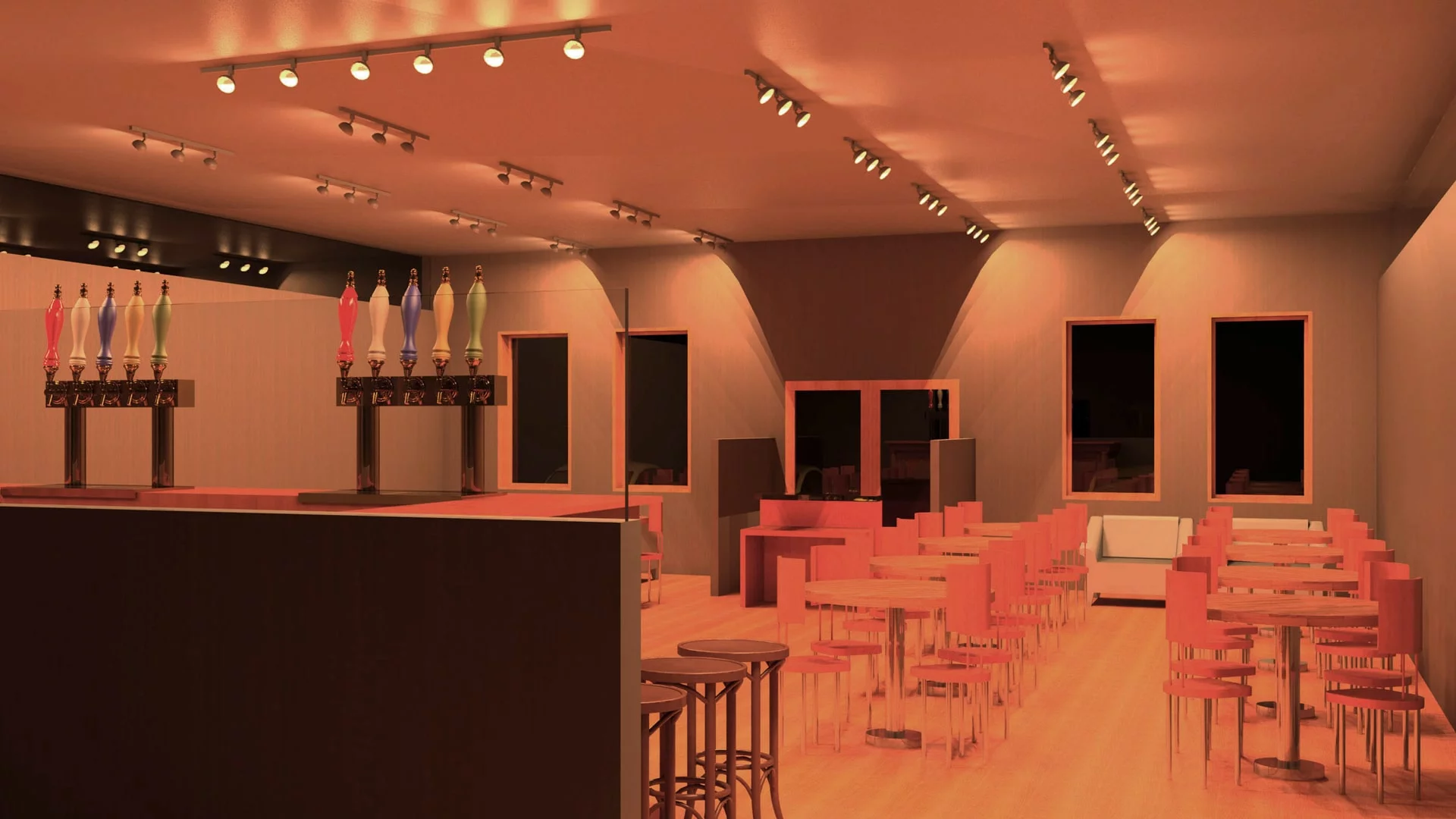
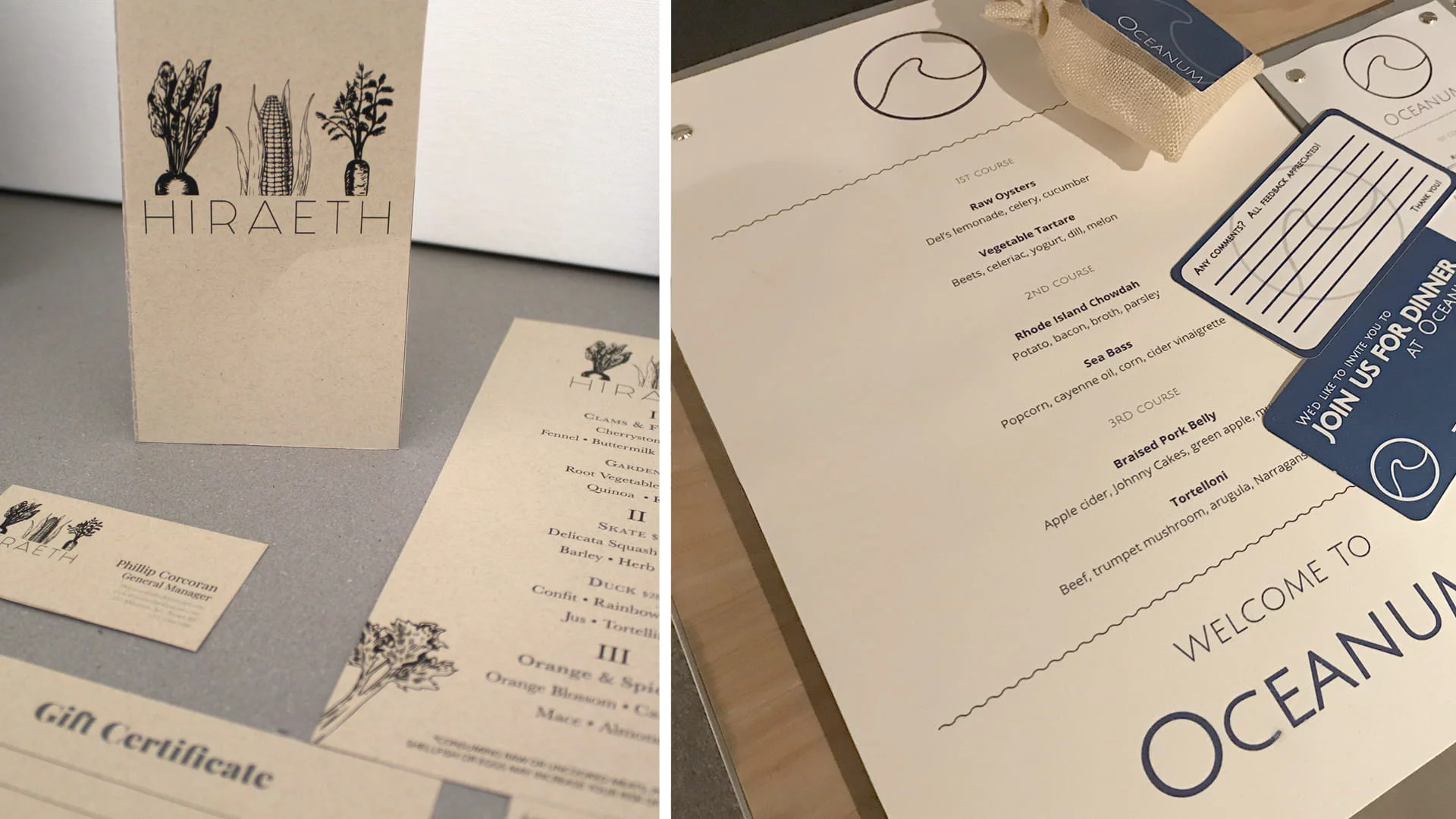
Elevating Experiences Through Design
JWU’s experience designers, were in charge of enhancing the overall customer experience for each concept, something Zesk says is easier said than done.
“They had to develop the space plans with the goal of taking the business plans and turning them into plans that really maximized the ability of that space to earn money,” Zesk adds.
“Students developed an experience design utilizing the interior space. They had to turn the space into something that really stands out and differentiates the space to allow for a unique experience — an experience that ultimately contributes to the value that the restaurant provides to its customers. That’s probably one of the hardest things to do.”
"Experience design is undeniably important to any restaurant."
This is a challenge Zesk’s students embrace as part of their learning process. “Experience design is undeniably important to any professional workplace, school, or in this case, restaurant,” says Matthew Shane Kaseta ’19, one of the engineering designers with the Hiraeth team. “When you consider customers, you want them to not only be comfortable, but you want to leave [them with] a positive, memorable experience so that you can grow your business. If a space is uncomfortable, people will leave before they even make it through the door. From layout and circulation, to lighting and color palette — it's all part of the experience.”
